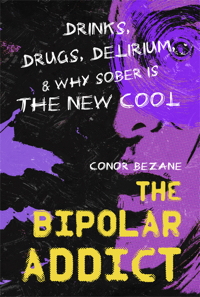 The bipolar brain is one of mystery. It puzzles doctors and evades explanation. But more progress is around the corner.
The bipolar brain is one of mystery. It puzzles doctors and evades explanation. But more progress is around the corner.
In a new global study, the MRI brain scans of more than 6,000 people were analyzed, finding abnormalities among bipolar patients and mapping them out digitally. It is the largest study of its kind ever completed, and it could mean good things for drug development.
“These are important clues as to where to look in the brain for therapeutic effects of these drugs,” Derrek Hibar, co-author of the paper and a professor at the USC Stevens Neuroimaging and Informatics Institute told Science Daily.
The differences in bipolar brains versus healthy brains were found in regions that control emotion and inhibition.
Among the 6,000-plus brains studied, researchers measured 2,247 adults with bipolar brains, and 4,056 healthy brains as a control. They factored in age, sex, mood state, history of psychosis, and the effects of the standard medications.
There was a thinning of gray matter in the bipolar brains versus the controls. And in patients taking lithium — the gold standard treatment for bipolar — doctors observed less thinning of gray matter. So you can feel good about your treatment if you are on lithium.
The study was led by the Keck School of Medicine of USC and ENIGMA (Enhancing Neuro Imaging Genetics Through Meta Analysis), which operates in 76 centers around the world.
These new findings and maps can be used for telltale early detection and prevention, according to Paul Thompson, co-author of the study and director of the ENIGMA consortium.
“This new map of the bipolar brain gives us a roadmap of where to look for treatment effects,” Thompson, an associate director of the Keck School of Medicine told Science Daily. “By bringing together psychiatrists worldwide, we now have a new source of power to discover treatments that improve patients’ lives.”
The findings were published in the latest issue of Molecular Psychology.







